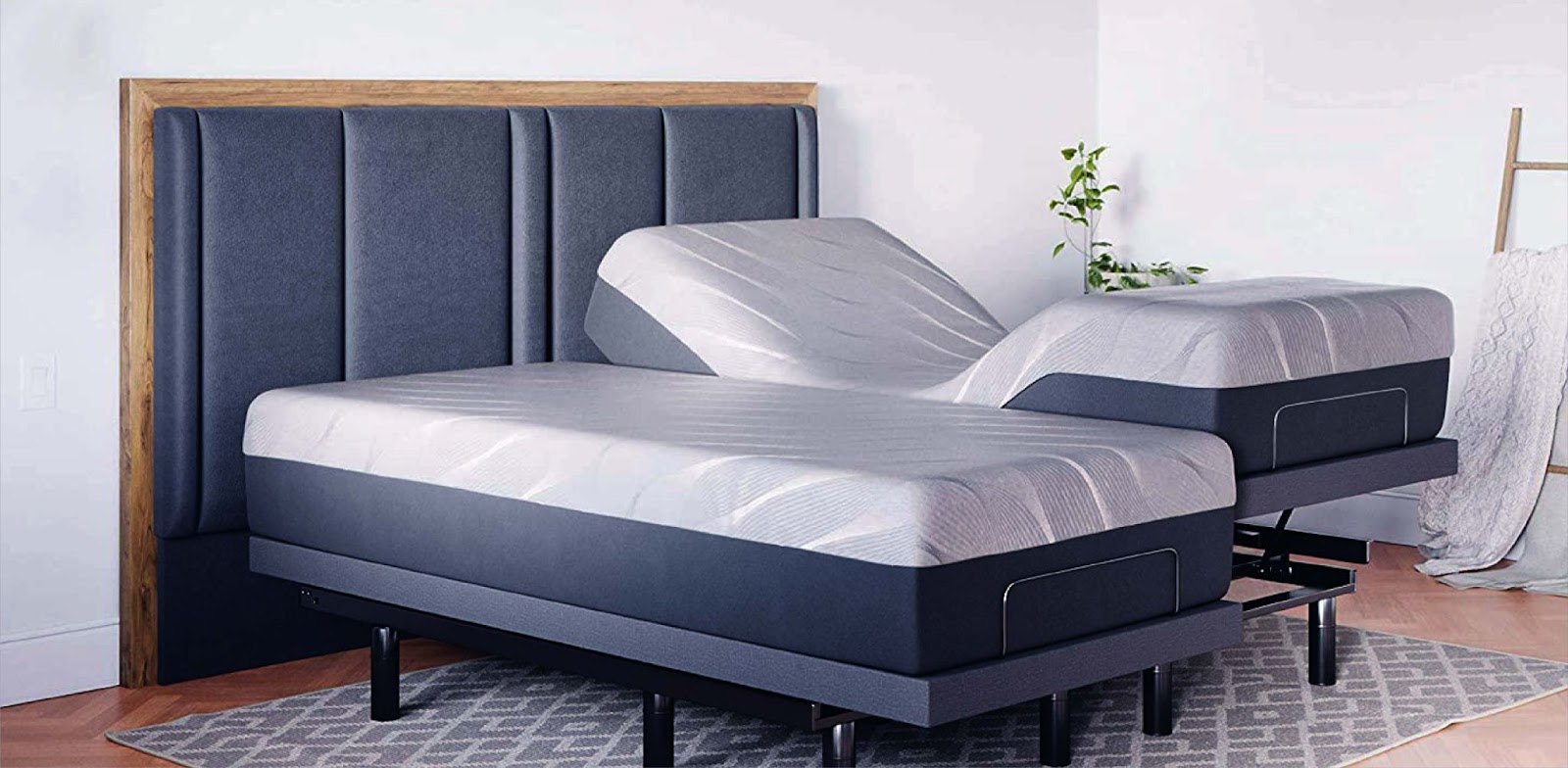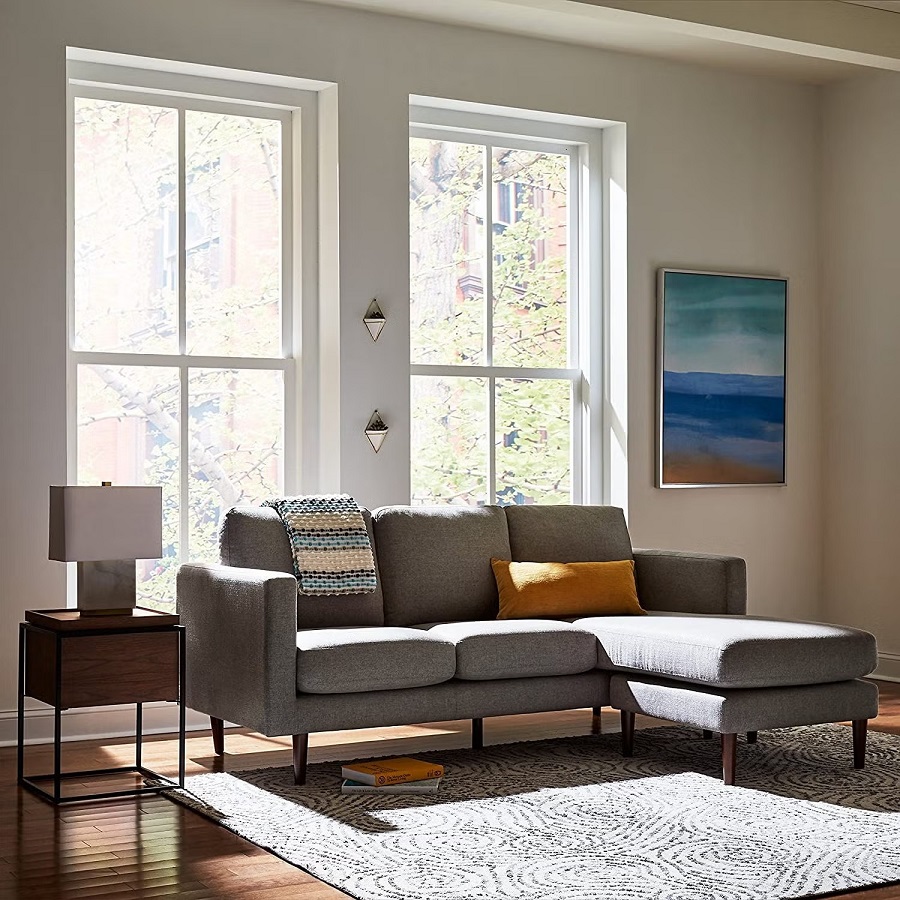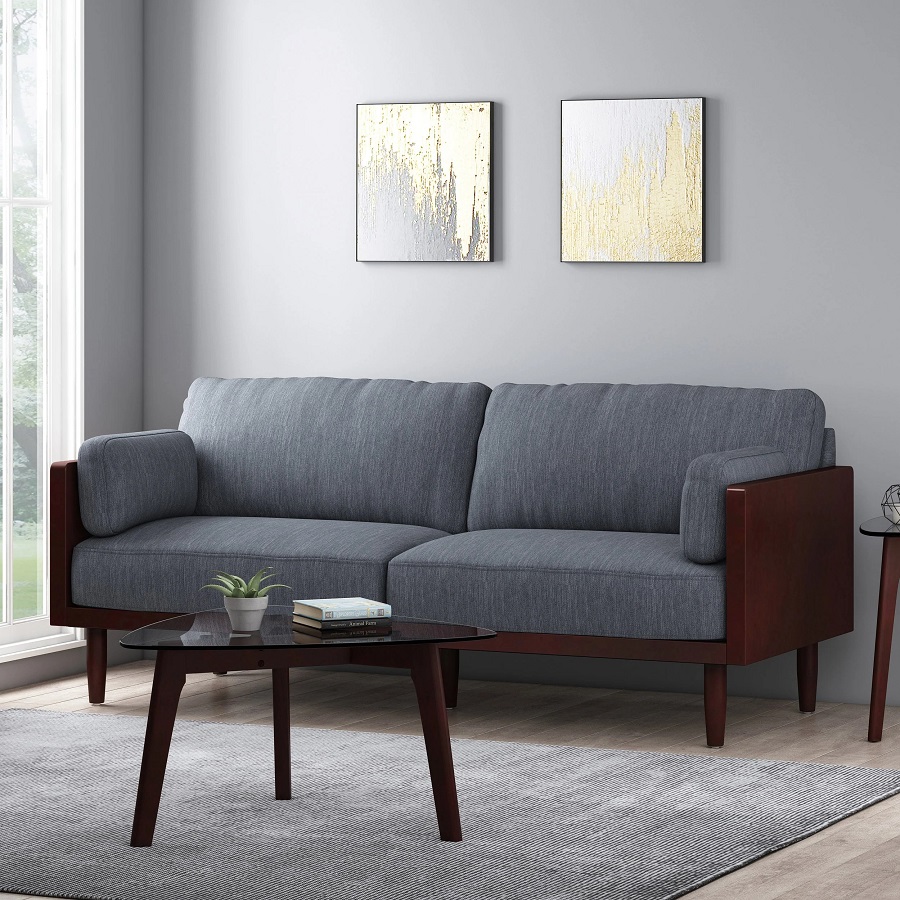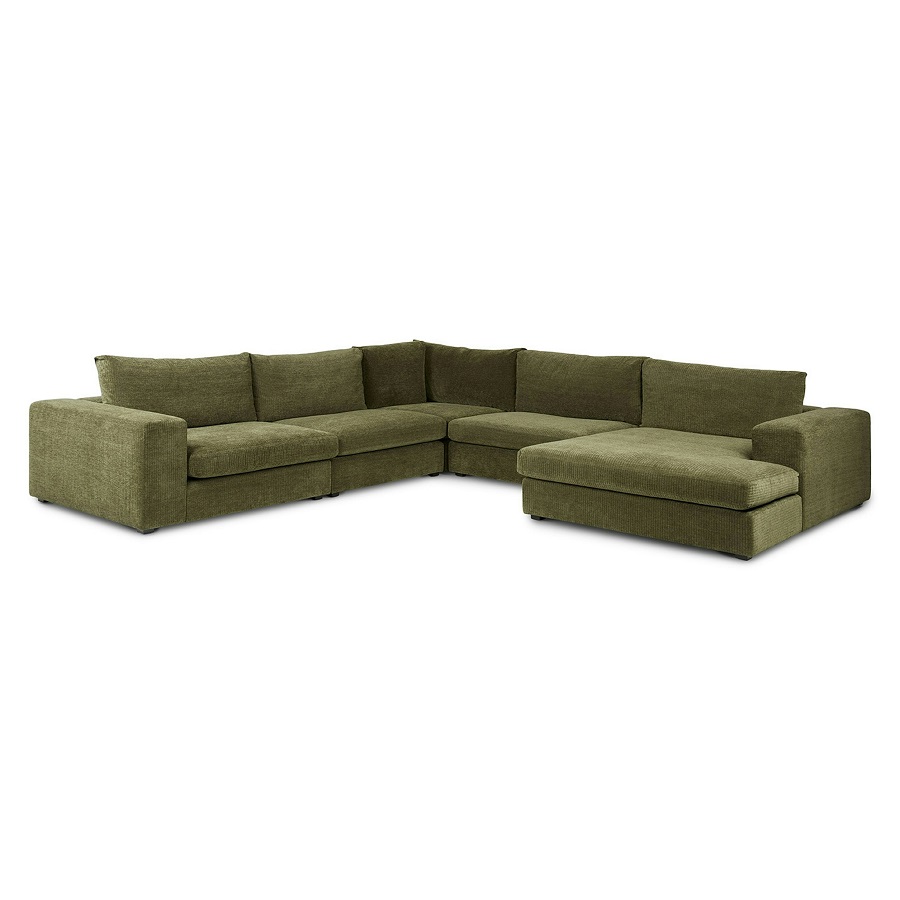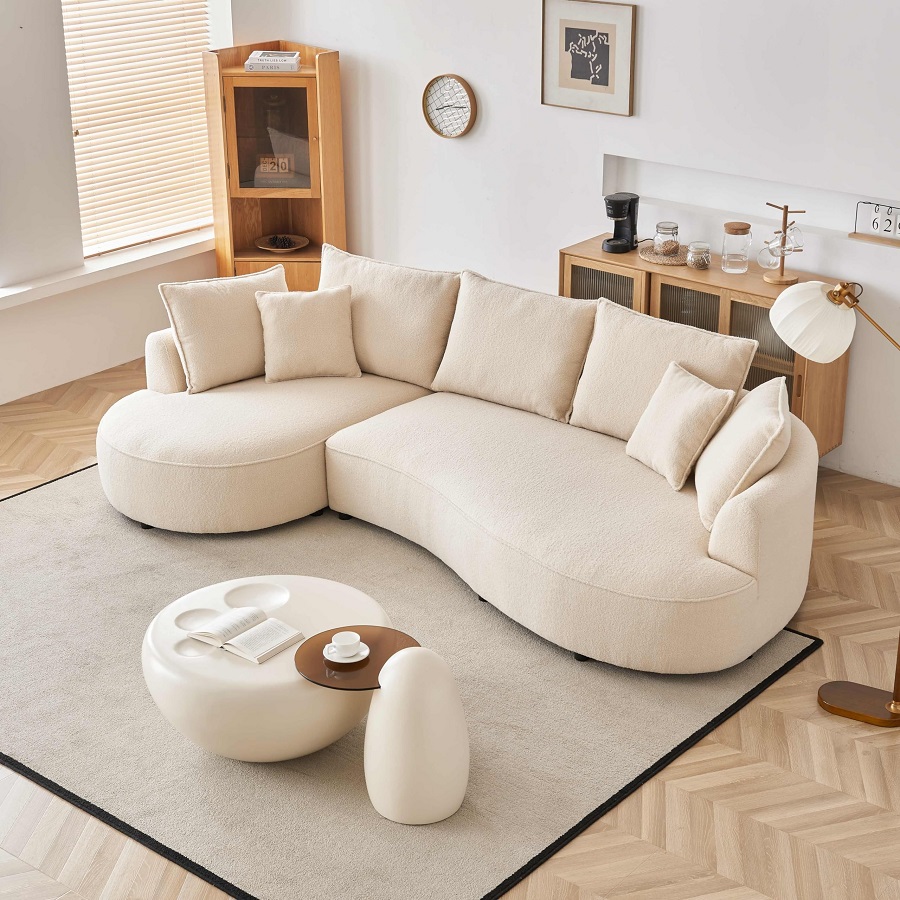An Age-Old Partnership: Mattress & Box Spring
In the realm of sleep sanctuaries, the union of mattresses and box springs has long been celebrated as a match made in slumber heaven. This time-honored duo has graced bedrooms for generations, with the box spring acting as a supportive foundation beneath the mattress. Traditionally, box springs were designed to provide additional springiness, enhancing the comfort level of the mattress above while also aiding in prolonging its lifespan. However, as sleep technology evolves, the necessity of this classic combination comes into question. Are box springs still an indispensable part of a good night’s rest, or have advancements rendered them obsolete?
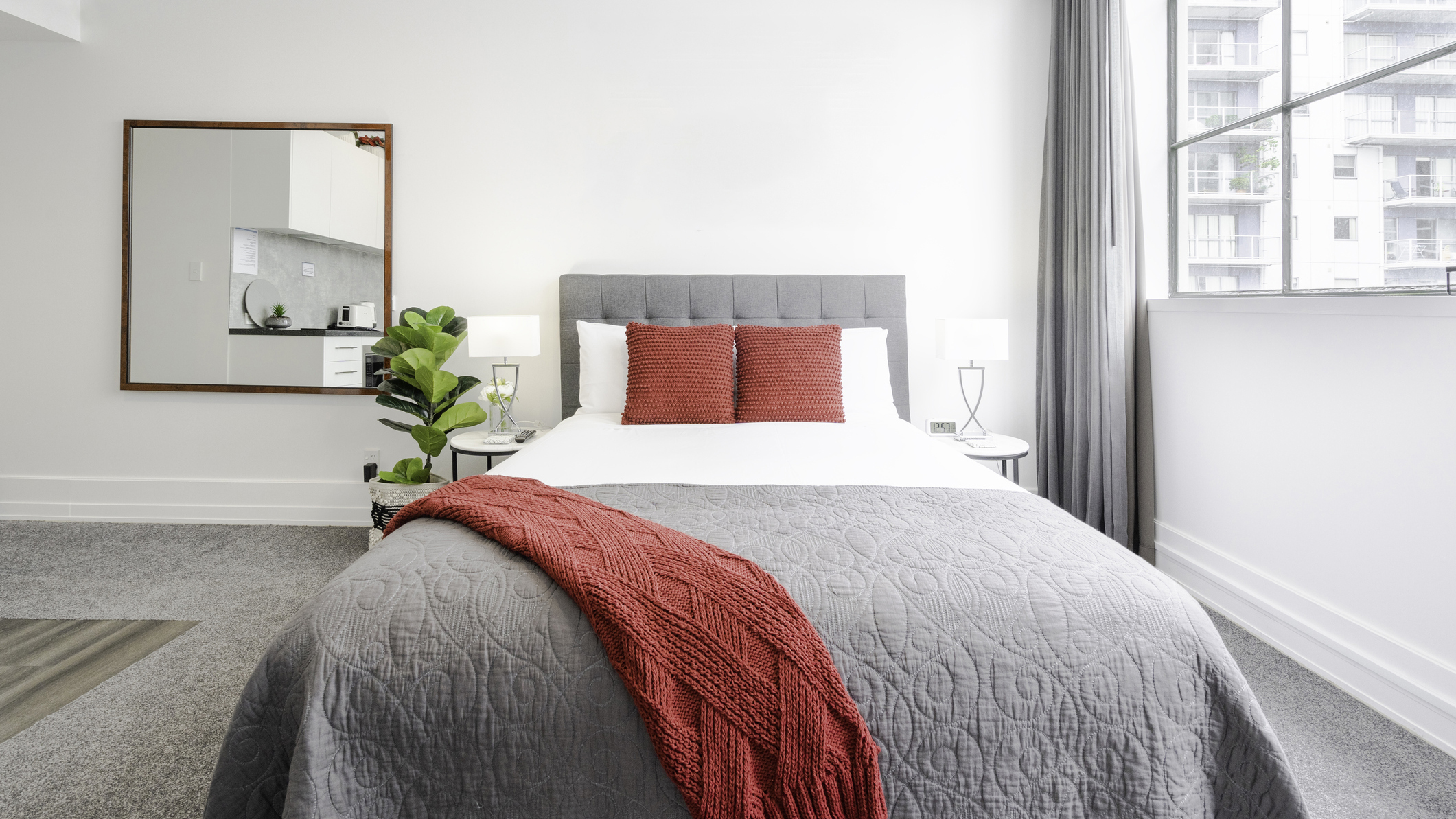
The Evolution of Mattress Technology
To understand the changing role of box springs, we must first acknowledge the revolution that has occurred within mattress design. Once dominated by innerspring constructions, today’s market offers a vast array of options, including memory foam, latex, hybrid models, and even adjustable air beds. These modern materials are engineered to contour to the body, alleviate pressure points, and offer customized support, often negating the need for the extra bounce that a box spring provides. As such, the compatibility of these new mattress types with traditional foundations is not always a given.
Understanding the Purpose of a Box Spring
Before delving into whether a box spring is necessary, it’s crucial to comprehend its intended function. Historically, box springs comprised a wooden frame housing a network of springs or metal coils, covered with fabric. Their primary objectives were twofold: firstly, to elevate the mattress to a comfortable height for getting in and out of bed, and secondly, to act as a shock absorber, distributing weight evenly and reducing stress on the mattress, thus prolonging its life. In essence, they were an integral part of the bedding system, working in harmony with the mattress.

The Rise of Platform Beds and Foundations
As bedroom aesthetics and practicality preferences shift, platform beds have surged in popularity. These low-profile frames, often without the need for a box spring, provide a solid, flat surface for the mattress to rest upon directly. Made from various materials like wood, metal, or even upholstered, platform beds not only streamline the look of a bedroom but also offer stability and support akin to that of a box spring. Furthermore, specialized mattress foundations, which are essentially box springs without springs—flat, sturdy platforms designed specifically for modern mattress types, have emerged as alternatives, further challenging the status quo.
Compatibility Considerations: Matching Mattress to Foundation
One cannot overlook the importance of matching the right mattress with the appropriate foundation. While some newer mattresses, particularly those made of memory foam or latex, can perform optimally on a flat surface like a platform bed or foundation, others may still benefit from the added breathability and slight give of a box spring. Innerspring mattresses, for instance, are often recommended to be paired with box springs to maintain their intended feel and performance. Understanding your mattress’s specific requirements is crucial in deciding if a box spring is indeed necessary.
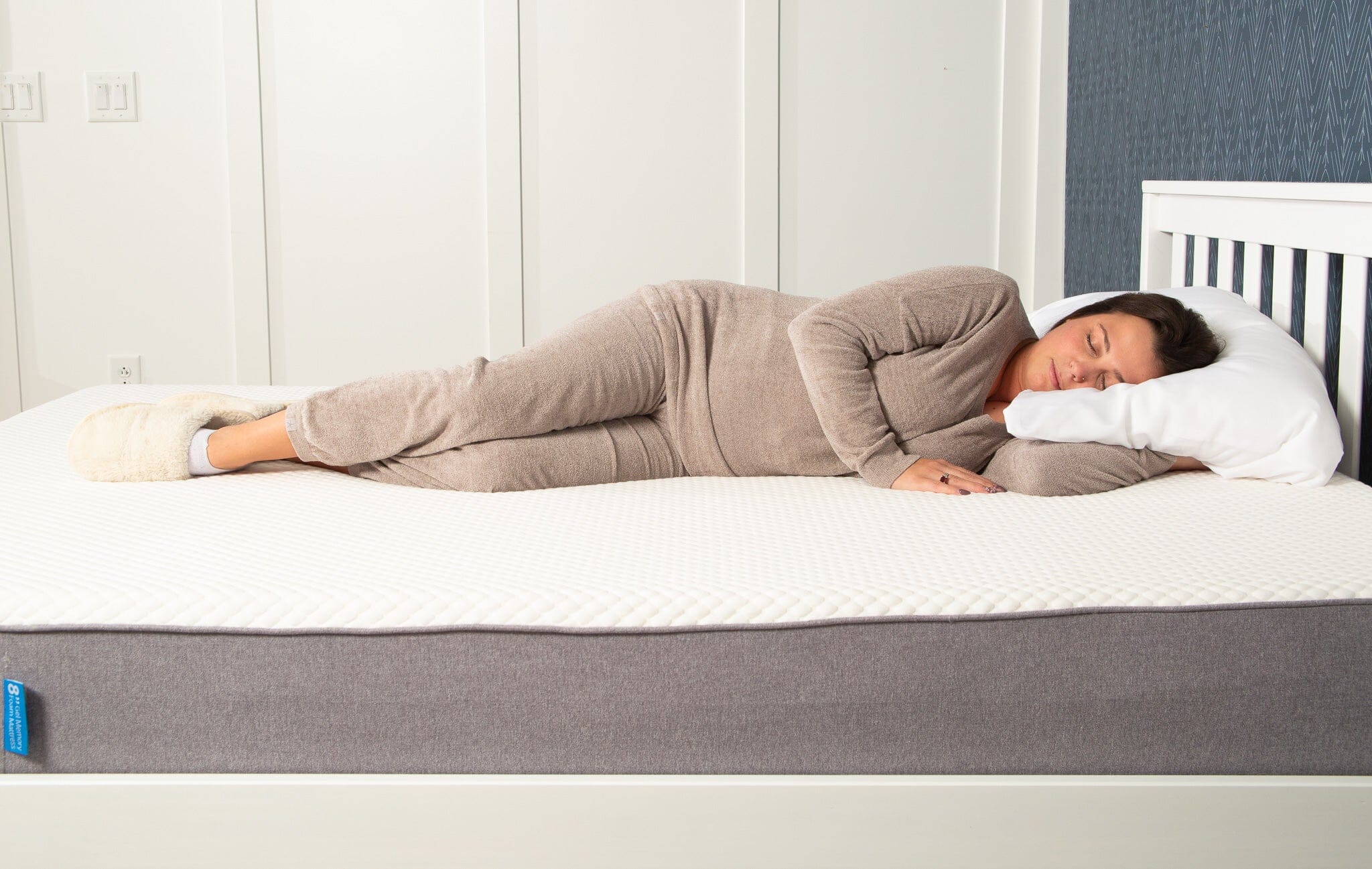
The Impact on Mattress Warranty and Longevity
Another significant factor influencing the decision to use a box spring is warranty coverage. Many mattress manufacturers stipulate that using an inappropriate foundation can void the warranty, emphasizing the importance of following their guidelines. This underscores the potential impact on the longevity and performance of your mattresses. If your mattress warranty explicitly requires a box spring, ignoring this could lead to premature wear and tear, negating any cost-saving intentions from skipping the purchase.
Considering Bedroom Aesthetics and Personal Preferences
Beyond functional considerations, personal taste and bedroom decor play a pivotal role. Some may prefer the elevated, classic look that a mattresses and box spring combo offers, while others lean towards the minimalist appeal of a platform bed. Additionally, factors such as storage needs, bedroom size, and mobility considerations can sway the decision. For small spaces or those seeking under-bed storage, a platform bed’s built-in drawers or open space can be highly advantageous over a box spring setup.
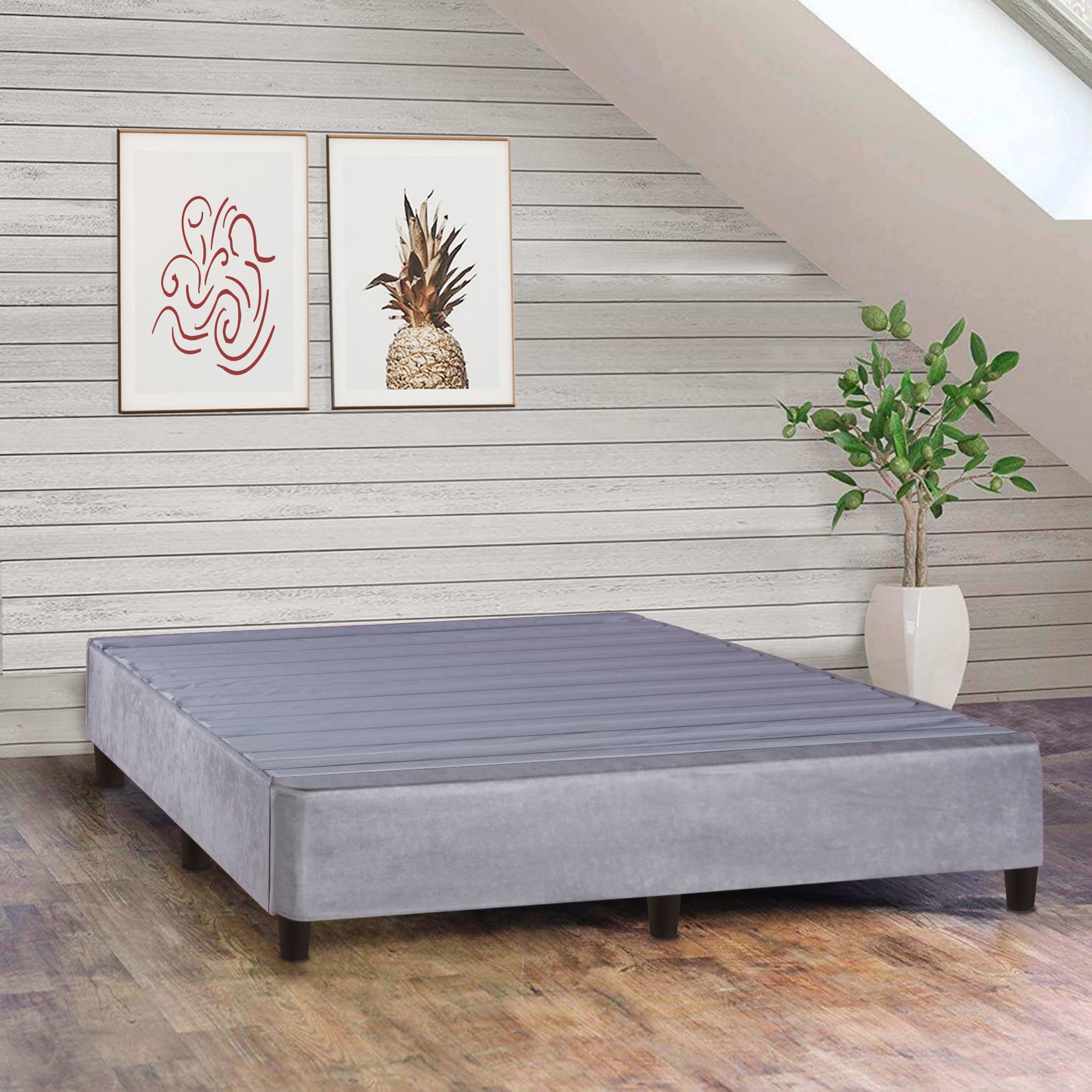
Environmental and Cost Factors
In an era where sustainability is a growing concern, the environmental impact of our choices, including bedding, cannot be ignored. Box springs, being primarily composed of metal and wood, have a higher ecological footprint compared to simpler foundations or platform beds. Moreover, they tend to be more expensive upfront, although their potential to extend mattress life could balance out costs in the long run. Weighing these financial and environmental implications is a critical part of the decision-making process.
Innovative Alternatives and Future Trends
As technology advances and consumer preferences evolve, the bedding industry has responded with innovative alternatives to traditional box springs and foundations. These modern solutions cater to various needs, offering enhanced functionality, eco-friendliness, and design versatility.
Adjustable Bases: Adjustable bases have gained popularity due to their ability to customize sleep positions. With features like head and foot incline, massage functions, and even smartphone integration, they not only improve comfort but also address health concerns like snoring, acid reflux, and back pain. While they tend to be more expensive than standard foundations, the benefits they offer make them an attractive investment for many.
Folding Foundations: For those seeking flexibility and convenience, folding foundations are a game-changer. Designed for easy storage and transport, these compact options are ideal for apartments, guest rooms, or frequent movers. They often come with breathable fabric covers and provide sturdy support akin to traditional foundations without the bulk.
Sustainable Materials: Eco-conscious consumers now have more options when it comes to sustainable foundations. Brands are incorporating recycled materials, bamboo, natural latex, and even upcycled wood in their designs. These alternatives aim to reduce environmental impact without compromising on durability or aesthetics.
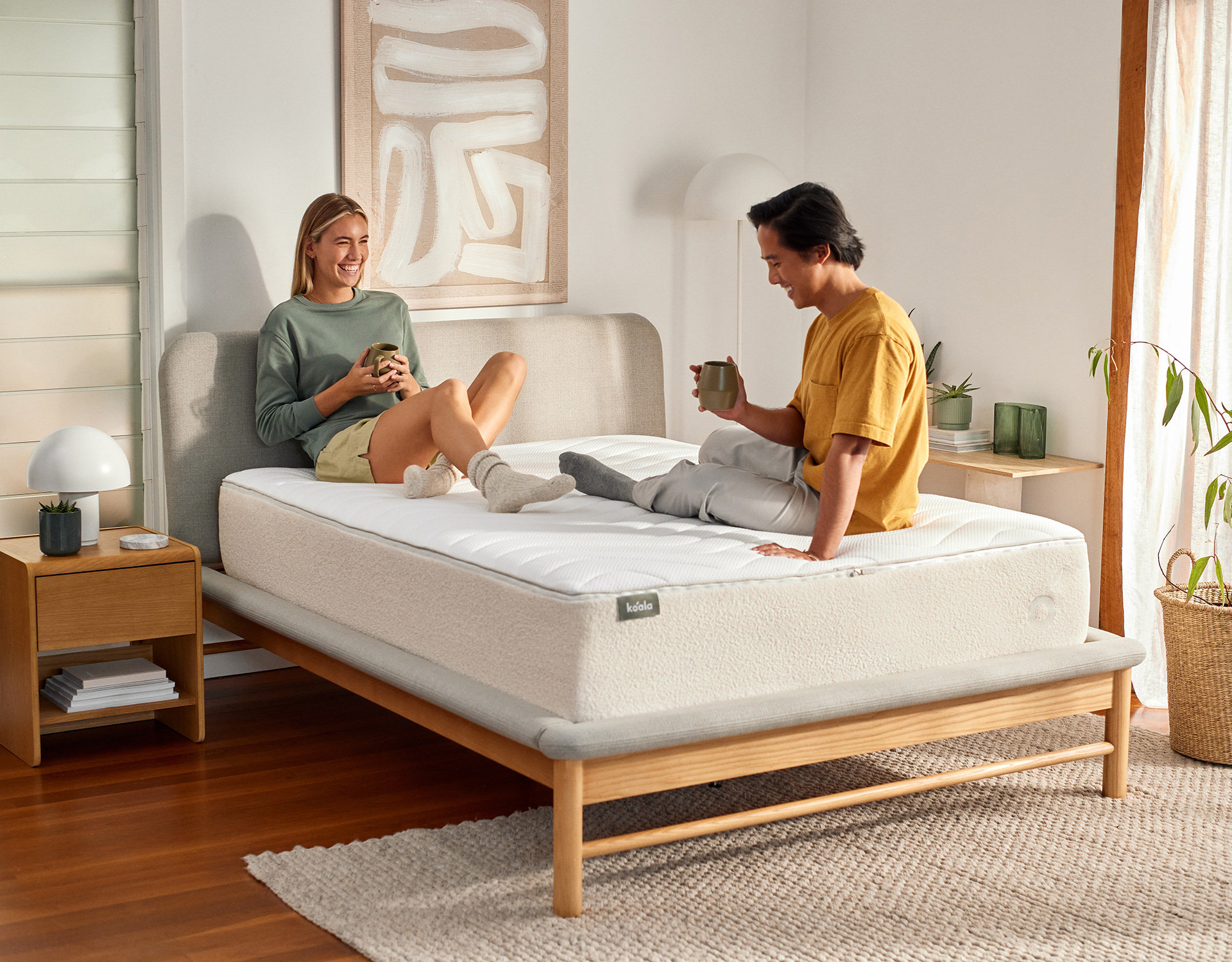
Conclusion: Tailoring Your Sleep Experience
Ultimately, the question of whether mattresses need box springs is not a one-size-fits-all answer but rather a tailored choice influenced by mattress type, personal preferences, bedroom design, and warranty requirements. As the world of sleep innovation continues to advance, it’s evident that the once-unquestioned necessity of a box spring has evolved into an optional component in the quest for the perfect night’s rest. By carefully considering all factors and understanding your specific mattress’s needs, you can make an informed decision that harmoniously blends comfort, practicality, and style, ensuring that every slumber is truly springing into sleep.






